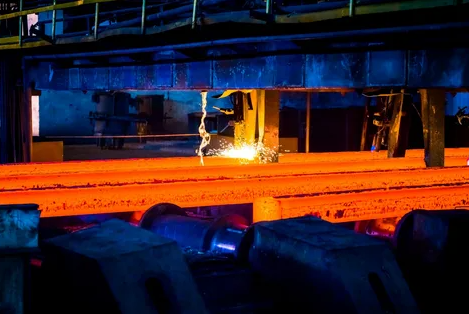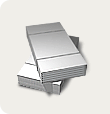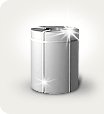The technology developed at the University of Graz uses LEDs instead of laser sources for the additive manufacturing of metal parts and optimizes 3D printing of metal in terms of lead time, metal powder consumption, equipment costs and post-processing effort.
Developed at the Graz University of Technology (TU Graz), the 3D printer melts metal powder using high-efficiency LED light sources and then processes it into components for additive manufacturing. Selective melting based on SLEDM LEDs, the targeted melting of metal powder using powerful LED light sources, is the name of a new technology developed by a team led by Franz Haas, head of the Institute of Manufacturing Technology at TU Graz. 3D printing on metal and has now applied for a patent.
SLEDM technology is similar to selective laser melting and electron beam melting, in which metal powder is melted using a laser or electron beam and accumulates in component by layer. Nonetheless, SLEDM addresses two major problems with these powder-coated manufacturing processes: long-term production of large metal components and long-term manual post-processing.
Unlike the SLM or EBM processes, the SLEDM process uses a powerful LED beam to melt the metal powder. The LEDs used for this purpose have been specially adapted by Western Styrian lighting specialist Preworks and feature a sophisticated lens system with which the LED focusing diameter can be easily changed from 0.05 to 20 millimeters during the melting process. This makes it possible to melt large volumes per unit of time, without dispensing with filigree internal structures, thereby reducing the production time of components for fuel cells or medical equipment, for example, by an average of 20 times.
A demonstrator of the SLEDM process is already under consideration at the K-Project CAMed of the Medical University of Graz, where the first laboratory for medical 3D printing was opened in October 2019. The process will be used to produce biodegradable metal implants, i.e. preferably magnesium alloy screws that are used for bone fractures. These implants dissolve in the body after the fracture site heals. Therefore, the second surgery, which is often very stressful for people, is no longer needed.
The second area is the production of components such as bipolar plates for fuel cells or components for battery systems.
LED technology is revolutionizing 3D metal printing

|
|
Azovpromstal® 14 May 2020 г. 11:02 |





